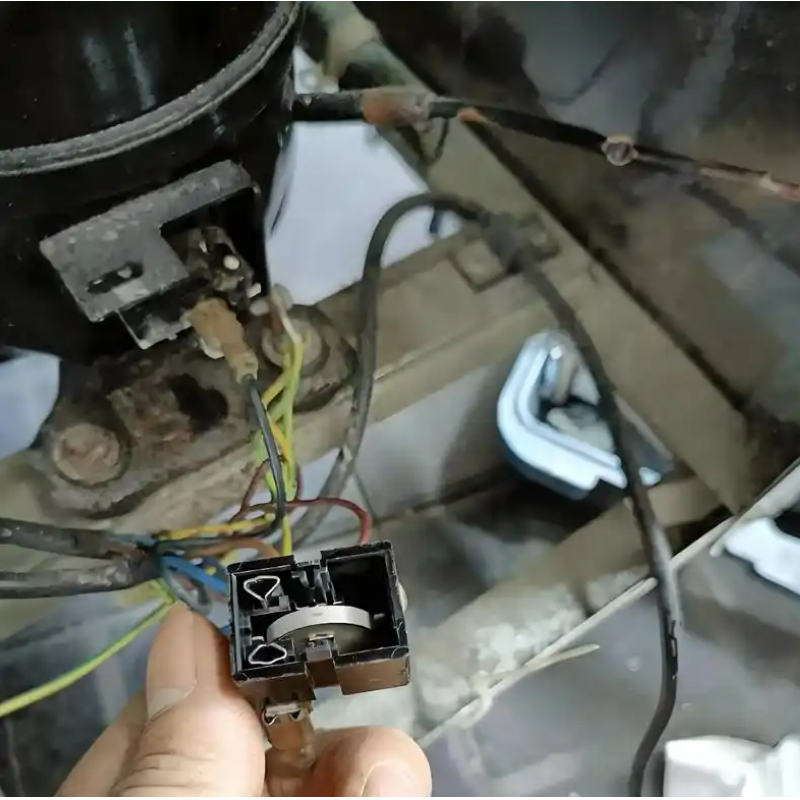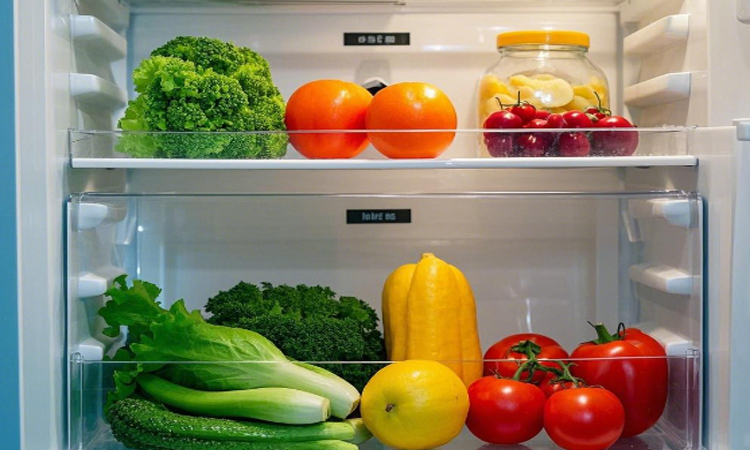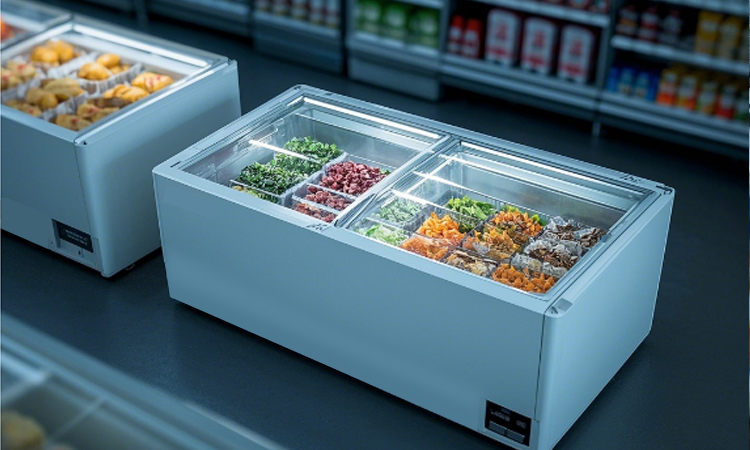
Freezers are essential appliances in both residential and commercial settings, preserving food and other perishables by maintaining low temperatures. However, like any mechanical device, they are prone to various faults that can disrupt their functionality. Understanding these common issues and their solutions can help users address problems promptly, avoid food spoilage, and extend the appliance's lifespan.

Insufficient Cooling
One of the most prevalent problems is insufficient cooling. This occurs when the freezer fails to reach or maintain the desired low temperatures, leading to partial or complete thawing of stored items. Several factors can contribute to this issue. A dirty condenser coil is a frequent culprit. Over time, dust, pet hair, and debris accumulate on the coil, inhibiting heat dissipation and reducing cooling efficiency. Regular cleaning with a soft brush or vacuum can restore proper airflow. Another cause is a faulty door seal. If the rubber gasket around the door is cracked, worn, or dirty, cold air escapes, forcing the compressor to work harder. Inspecting the seal for damage and cleaning it with mild soap and water, or replacing it if necessary, can resolve the problem. Additionally, an overfilled freezer can block air circulation, preventing uniform cooling. Rearranging items to allow space between them ensures cold air flows freely.
Compressor Malfunctions
Compressor malfunctions are another significant concern. The compressor is the heart of the freezer, responsible for circulating refrigerant. A compressor that fails to start may be due to an electrical issue, such as a tripped circuit breaker or a faulty power cord. Checking the power supply and ensuring the freezer is properly plugged in are simple first steps. If the power supply is intact, a defective start relay or capacitor could be the problem. These components help kick-start the compressor, and replacing them often restores functionality. In some cases, the compressor itself may be faulty, requiring professional repair or replacement, which is more costly but necessary for the appliance to work.
Excessive Noise
Excessive noise is a nuisance that can indicate underlying problems. Normal operation produces a low, steady hum, but loud or unusual sounds like rattling, banging, or squealing need attention. A common cause is an uneven surface. If the freezer is not level, it can vibrate against the floor, creating noise. Adjusting the leveling legs to stabilize the appliance usually eliminates this issue. Loose components, such as screws holding the interior panels or the condenser fan, can also rattle. Tightening these parts with a screwdriver can quiet the noise. A worn-out evaporator fan motor may produce a high-pitched squeal, and replacing the motor is the solution here.
Water Leakage
Water leakage inside or around the freezer is another frequent fault. Interior leakage often stems from a clogged defrost drain. During the defrost cycle, water should flow through the drain into a pan beneath the appliance to evaporate. If the drain is blocked by food particles or ice, water accumulates inside. Clearing the drain with a pipe cleaner or warm water can resolve this. Exterior leakage might be due to a cracked or overflowing defrost pan. Inspecting the pan for damage and emptying it if it's full can prevent water from spilling onto the floor.
Temperature Fluctuations
Temperature fluctuations are frustrating and can compromise food safety. A faulty thermostat is a likely cause, as it regulates the freezer's temperature. If the thermostat is inaccurate or unresponsive, the temperature may swing wildly. Testing the thermostat with a multimeter or replacing it if it's defective can restore stable temperatures. Another factor is frequent door openings, which allow warm air to enter. Encouraging users to minimize door openings and ensure the door closes properly helps maintain consistent temperatures.
Frost Buildup
Frost buildup is a problem in manual-defrost freezers. While some frost is normal, excessive accumulation reduces storage space and insulation, making the appliance less efficient. This can happen if the door is left open too long or the seal is faulty, allowing moisture to enter. Regular manual defrosting, following the manufacturer's instructions, prevents excessive frost. For frost-free models, a malfunctioning defrost timer, heater, or thermostat can cause frost to build up. Checking these components and replacing any that are defective is necessary.
Conclusion
In conclusion, freezers are reliable appliances, but they can develop various faults over time. By recognizing common issues like insufficient cooling, compressor problems, excessive noise, water leakage, temperature fluctuations, and frost buildup, users can take appropriate measures to resolve them. Regular maintenance, such as cleaning coils, checking door seals, and defrosting when needed, goes a long way in preventing these faults. For more complex issues, seeking professional help ensures proper diagnosis and repair, keeping the freezer running efficiently for years to come.





